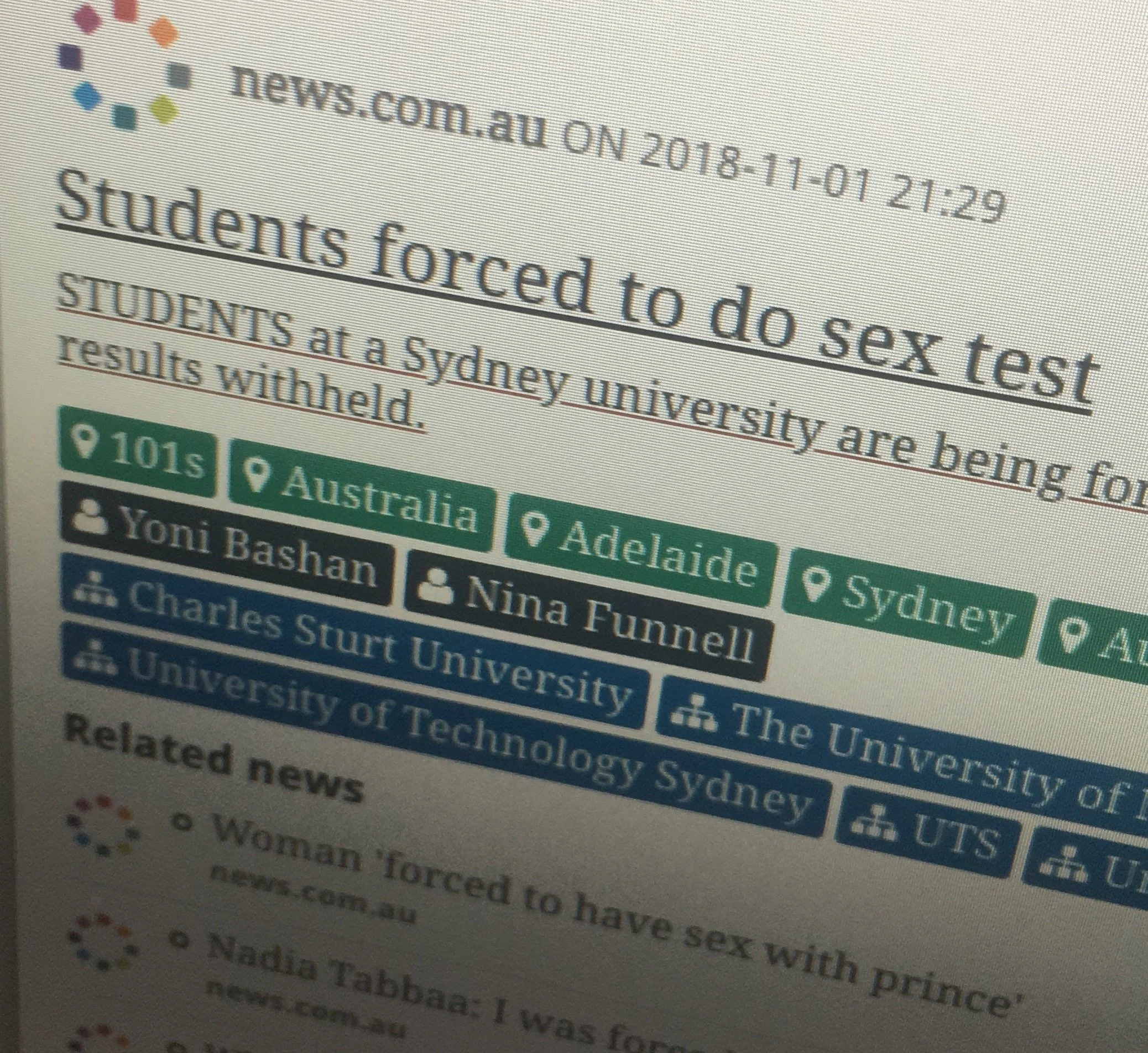#metoo started a global conversation about sexual violence.
No one could ignore it, nor should we.
Goal
Get 65,000 members of the university community to complete a 1-hour online consent training
Methods and tools
Stakeholder mapping
Audience feedback
Content strategy (newsjacking)
Empathetic, but stern tone of voice
Success metrics
Number of completions
Impact
Over 35,000 student completions of consent training within 3 months
90 per cent staff completions in less than a year, beating existing training rollout benchmarks by more than half
Politicians, leaders, and universities were being held accountable.
Universities had a critical topic that they needed to talk to their communities about, which became my challenge: to reach a diverse audience of over 65,000.
Working as the communication lead on the national campaign Respect.Now.Always. I worked with a Program Manager to lead the University of Technology Sydney (UTS) headfirst into a whole-of-community conversation about consent and respect.
Context
A study by the Australian Human Rights Commission in 2016-17 proved what advocates and the media already knew: universities had a serious problem.
One in five students had been sexually harassed in a university setting. Around half of those affected knew the perpetrator. Only a small minority (under 15 per cent) made a formal complaint.
Equipping people with knowledge was a fitting response for an educational organisation, and critical to address some of the stark insights from the report.
First-year students, university leadership and everyone in between were instructed to complete the same one-hour online training about consent, bystander intervention and accessing support. This baseline knowledge was now required to work or study at UTS.
Challenges
Universities had a critical topic that they needed to talk to all audiences about. After the announcement of the enforced Consent Matters training, it was immediately apparent that there were three clear groups to engage:
Media at the time was highly opposed to enforcing the training.
Disengaged staff and students (the majority of our audience)
Outraged community members who opposed the enforcement of such training (the smallest, but loudest cohort)
People with lived experience of sexual violence and valid reasons not to complete the training (requiring empathy, protected from communications that might trigger a response)
The majority of our audience was disengaged with traditional communications. Staff communications only reached a 30 per cent open rate on a good day. Student numbers were even lower. Students were most likely to get information from friends and teachers. If the teachers did not agree with the training, it influenced cohorts of students.
Additionally, external influencers, such as coverage in mainstream media were making people hesitant.
These challenges were considered in the campaign approach.
Methods
As the communication lead, I recognised the role of communications: to be clear, firm and everywhere.
Stakeholder map: I needed to know everything there was to know about my audiences. Who they were, who they influenced, who influenced them, what mattered to them and their competing priorities.
Provocative posters drew attention to low-engaged students.
Empathy interviews: I met with a range of stakeholders and quickly learned that the critical advocates in the system weren’t the leaders or students, but the mid-senior managers. They became my most critical channel and were kept up-to-date with every move, change and requirement of the training.
Unconventional content strategy: To gain cut-through to disengaged audiences, I opted for provocative messages, non-branded content, paper flyers, posters and embedding content on student-run social media pages.
Strategic distribution helped me attract attention, but more importantly started conversations between students about the need to complete the training. (In fact, I also sparked an outrage in right-wing Twitter users in the US - but nothing I couldn’t handle).
Official communications: For legitimacy, the approach above was in parallel to official broadcasts from Senior Executives which I ghostwrote, and notices in key staff and student portals. Mindful of our people who opted out of the training, these communications were confidentially segmented to ensure they did not receive unwanted or unexpected communications.
Outcome
Over 30,000 students completed their training in the first 3 months of implementation.
90 per cent of staff completed training in the first year of implementation, compared to previous compliance training that took two years to reach the same completion rate.
Consent Matters training is now embedded into induction communications for new students and staff, so from the moment they become part of the community, they know the rules, their rights and responsibilities.


